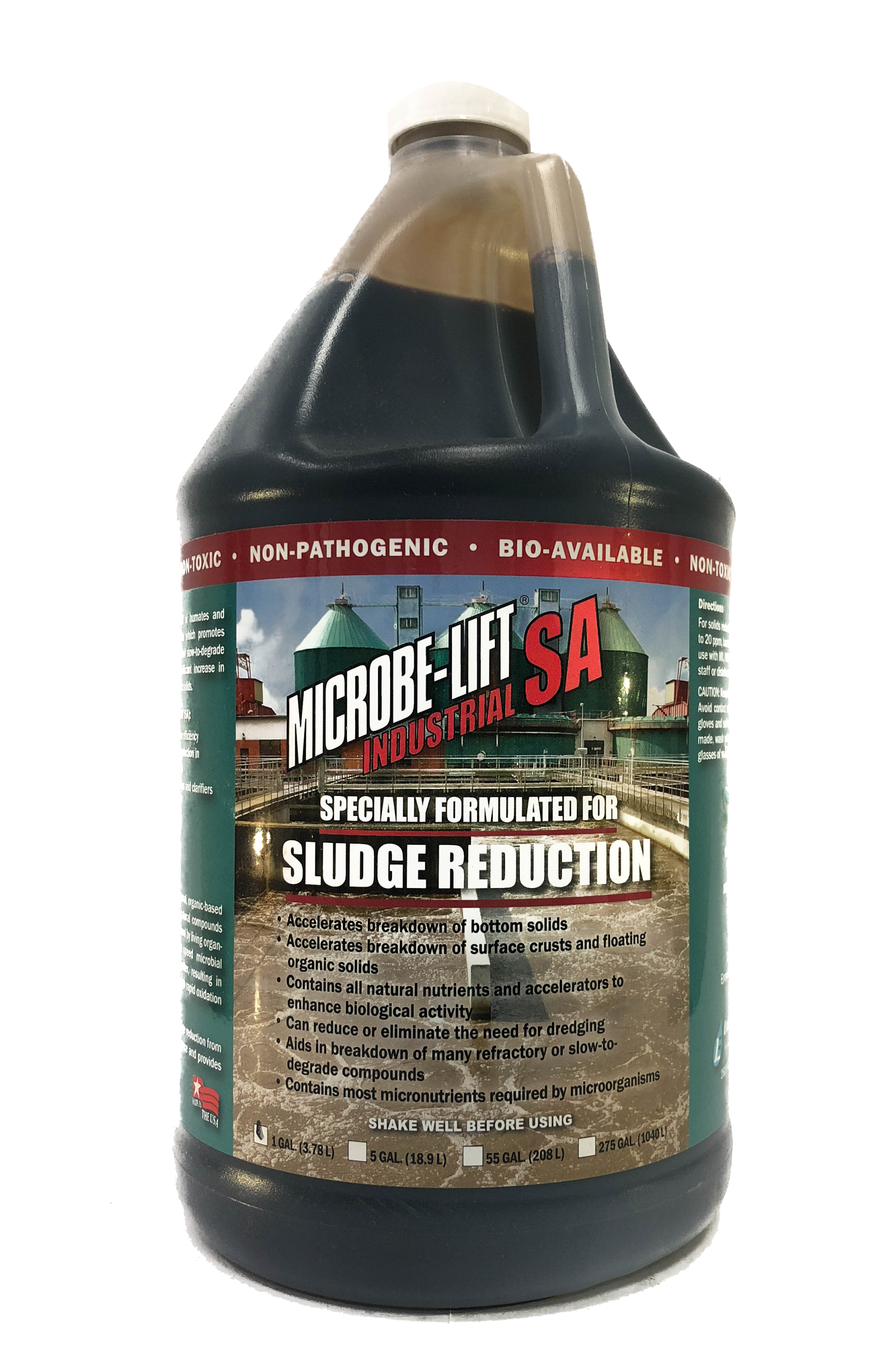MICROBE-LIFT SA

In wastewater treatment, residues often settle into solids and are referred to as sludge or the residual semi-solid material. This sludge creates problems of disposal and contributes to the degradation of the water quality. The Microbe-Lift/SA (Sludge Away) is a highly active microbial accelerator that is designed specifically to speed the biological oxidation process of slow to degrade organic matter in wastewater systems, ponds, lagoons and wastewater retention tanks. It comprises of naturally occurring Non-Toxic soil microorganisms, environmentally safe for wastewater systems; will not harm humans, animals or aquatic life.
It contains only active natural organic based humates and humic constituents. These natural reactive compounds consist of most, if not all of the biological compounds synthesized by living organisms, including plants. Humas is known to include a broad spectrum of organic constituents, many of which have their counterparts in biological tissue. These natural compounds have shown to significantly speed the microbial response to difficult to degrade organic matter. This enhanced microbial response has resulted in significant reduction in sludge volumes via the rapid oxidation of many non-biodegradable and slow to degrade organic compounds.
Microbe-Lift SA is known to be effective and beneficial in such of its functions:
- Microbe-Lift SA has shown to enhance the biological oxidation of slow to degrade organic waste solids by as much as 80% over historical system performance.
- This novel microbial accelerator may be used in conjunction with Microbe-Lift IND bacterial cultures to improve overall system performance in all types of wastewater processes.
- This combination speeds the overall biological oxidation of BOD, COD and sludge accumulations such as difficult to degrade compounds, fatty acids, hydrocarbons and fibrous matter (it was designed to promote rapid solids removal).
- Microbe-Lift SA works excellently in odor abatement as it contains natural cellular constituents that include un-reacted lignin compounds that permanently bind odorous compounds on contact. Stopping biological gaseous reactions such as H2S on contact, reducing associated biological gaseous reactions, as well, as associated corrosion.

